The quest to have a beautiful home that is, in turn, comfortable requires thoughtful approaches to interior design. Creating such a home can involve redrawing one room or carrying out an entire home renovation, and an understanding of home interior design elements can transform your space into a paradise on Earth. This all-inclusive guide looks at home interior design, the top ten home interior design ideas for a chic look, and what the cost and considerations entail working with home interior designers.
Post your Requirement
What is Home Interior Design?
Home interior designing is an art and science due to its relation with building an interior of a building to produce a healthier and more beautiful environment; interior designers are concerned with careful selections and arrangement of furniture and colour schemes, lights and décor elements creating spaces that are functional, comfortable, and aesthetically pleasing. It’s a way of making space live for a user by understanding the needs and interests of a client and providing creative solutions that reflect his or her style while being true in the optimization of space and functionality.
Top 10 Home Interior Design Ideas
1. Be Minimalist:

Minimalism is not about decluttering, but rather creating a peaceful and organized space. The minimalist design uses clean lines and simple, neutral furniture to create functional comfort, using abundant multifunctional pieces. An aesthetic decoration should be minimal and meaningful. Tone it down with neutral shades such as whites, beiges, and grey tones bringing in that calming sense of simplicity. Subtle textures can be brought in with wool and cotton materials without overpowering the minimalist theme.
2. Scandinavian Simplicity:
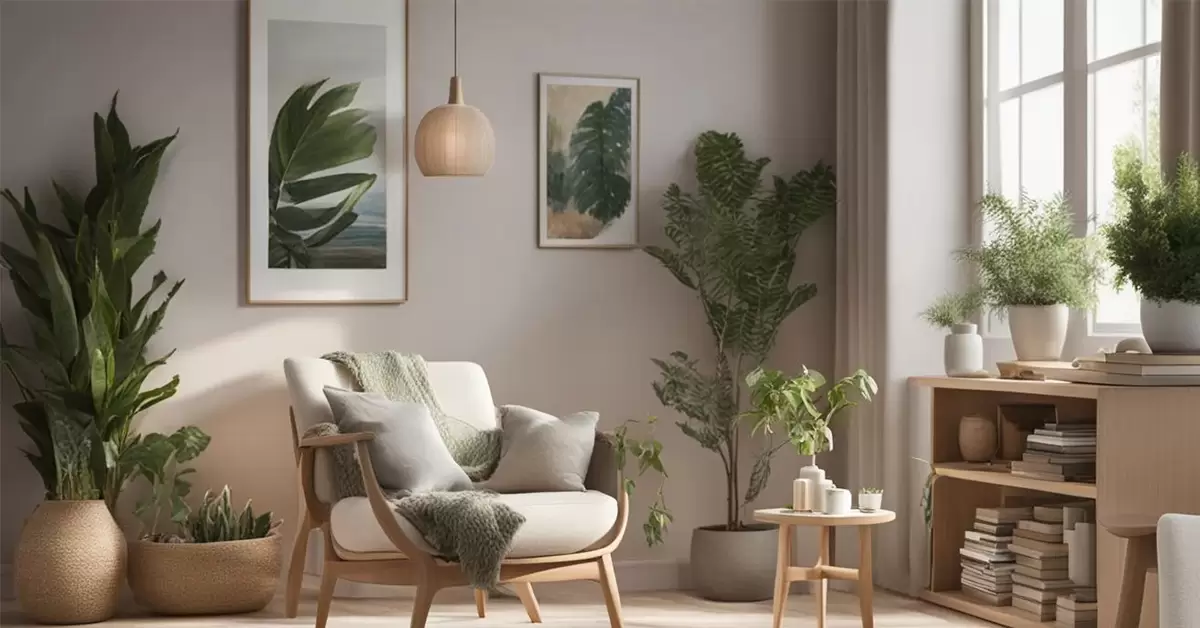
Scandinavian designs epitomize simplicity, functionality, and warmth. These use light wooden floors, and simple and unadorned furniture with a Nordic palette of colours ranging from whites, greys, and muted tones. It entails warmth and comfort with practical yet stylish pieces. Soft textiles include knitted throws, plush rugs, and the cosiest cushions. Include plants and succulents or ferns, which surely add a touch of the outdoors to make the space vibrant.
3. Stating Art Pieces:
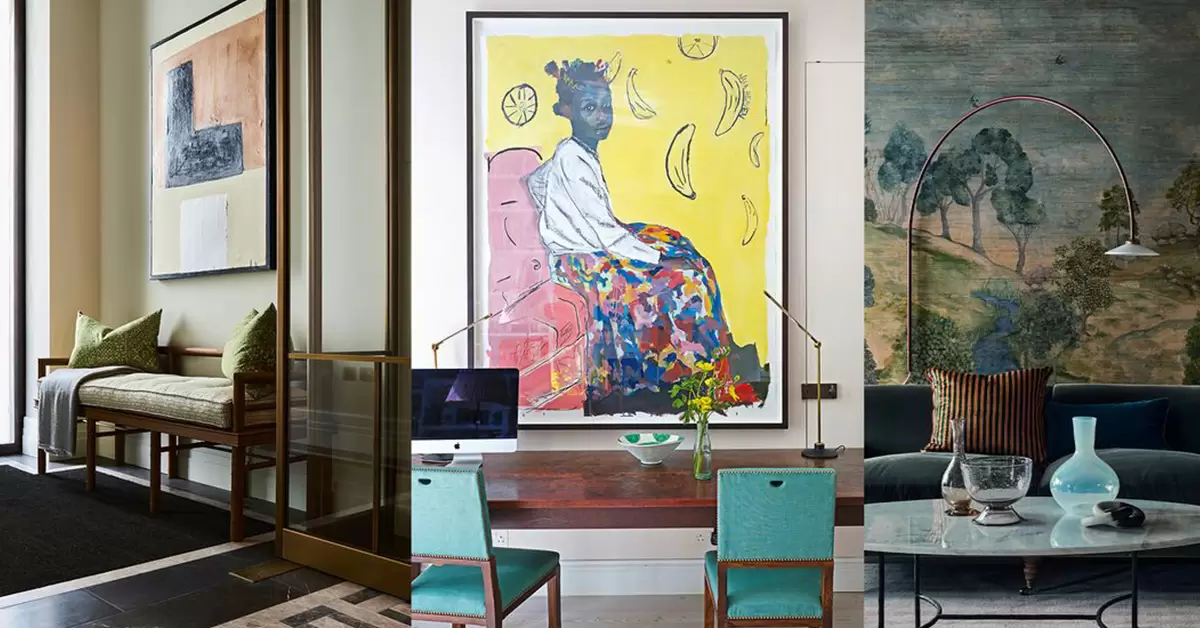
Art can drastically change a room by giving a space personality and flair. If you do decide to use one, make sure it’s something you love and that adds a lot of your personality into the room. A bold or colourful painting or sculpture can be a show-stopper in a room. For better overall impact, align the artwork with your eyesight. You can even create a gallery wall for dramatic effect. A thorough lighting detailing can make the art more vibrant. It is recommended to install picture lights or track lighting to create a forte on the piece, which will simply attract all eyeballs.
4. Try Colour Combinations:
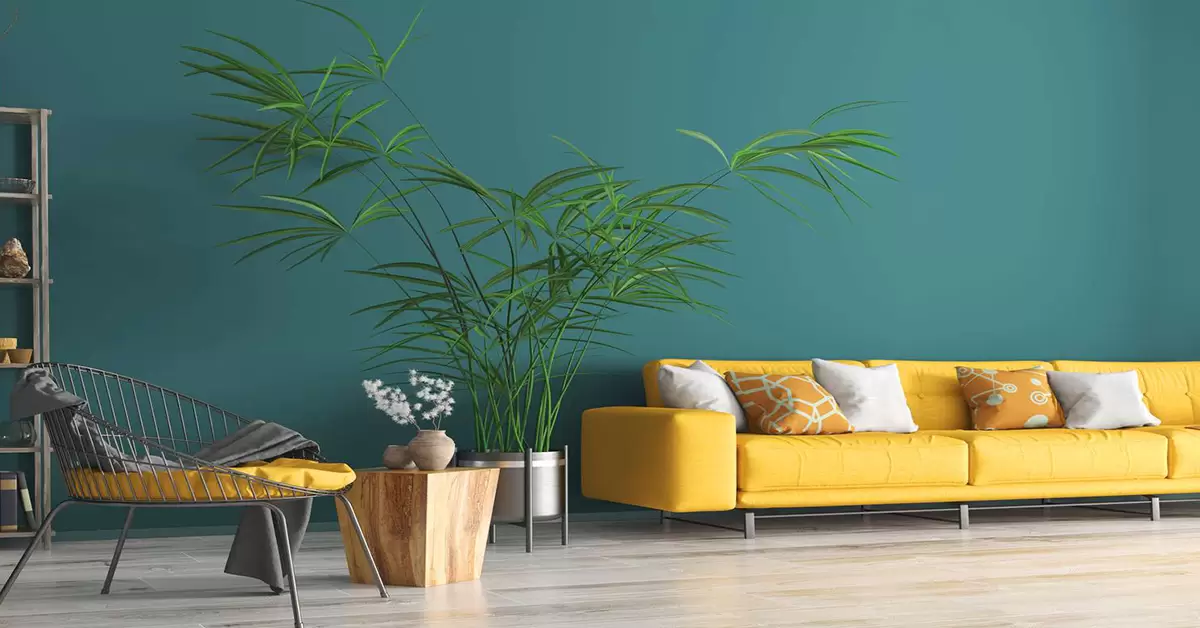
Colour is one of the factors responsible for creating an atmosphere in a room. Calming moods are induced by using gentle shades of blue, green, and neutral shades. For an energizing mood, use bright colours, such as deep blue, rich green, or warm orange. The balancing of rich colors of choice with neutral tones is very important, so as not to overwhelm the space. Accent walls provide a way for bold colours to be appreciated without overwhelming the overall room. Texture or item accessorizing through throw pillows, rugs, and curtains can play with colour for the creation of a look.
5. Luxurious Textures:
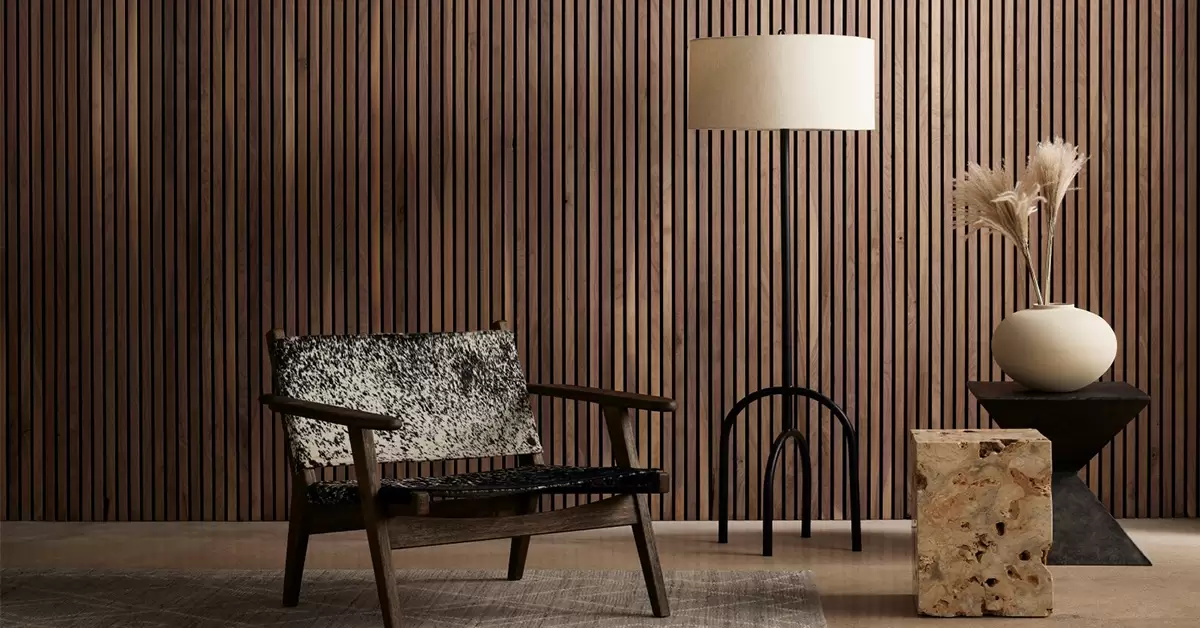
Add depth and sophistication to a space with textures; it helps make a room feel richer and more inviting. Mix different materials-like velvet cushions, wool throws, or silk curtains create an experience that’s rich in touch. Mixing textures adds visual interest but also to the comfort of a home. Use this chance to mix as many textures as you can create for decorating, such as plush rugs, woven baskets, and metallic accents to warm up an area and infuse it with a sense of luxury.
6. Add Industrial Cool:
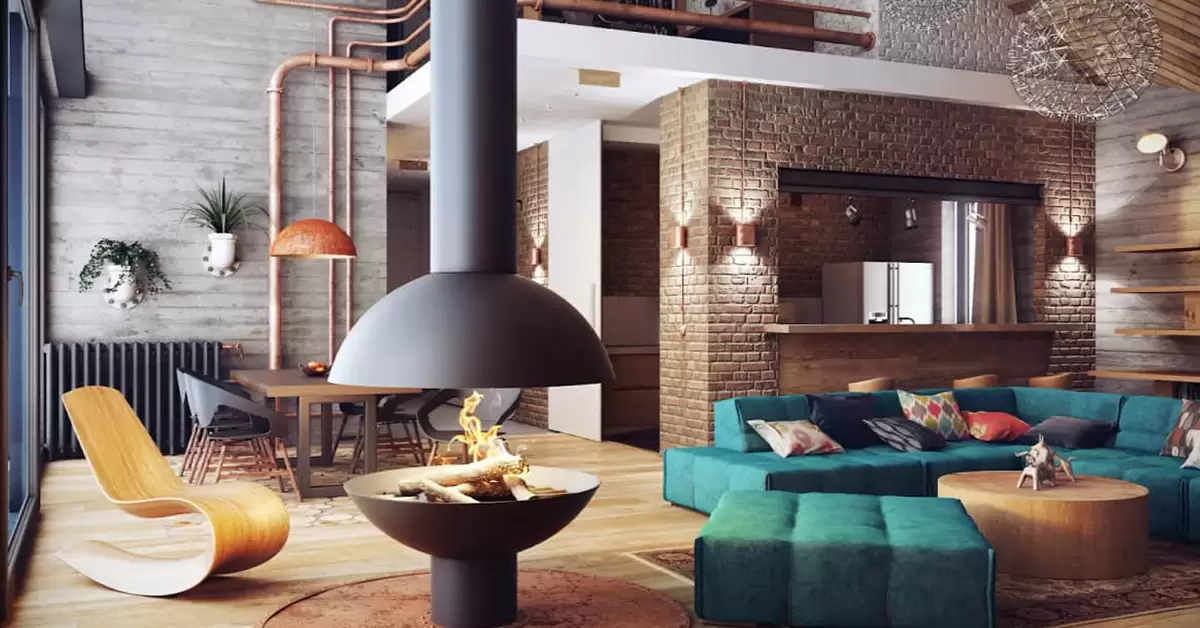
Industrial style features raw materials and shows the exposed elements, which have a fashionable look of an urban environment. Metal fixtures, exposed brick walls, and concrete floors can provide those attributes. Pair those with second-hand or vintage furniture to be able to enhance that industrial essence. Look for items such as metal stools, factory lighting, and pipe shelving to complete your look. This style works especially well for attic apartments, or a contemporary house because the industrial elements can fully come alive there.
7. Experiment With Lighting:
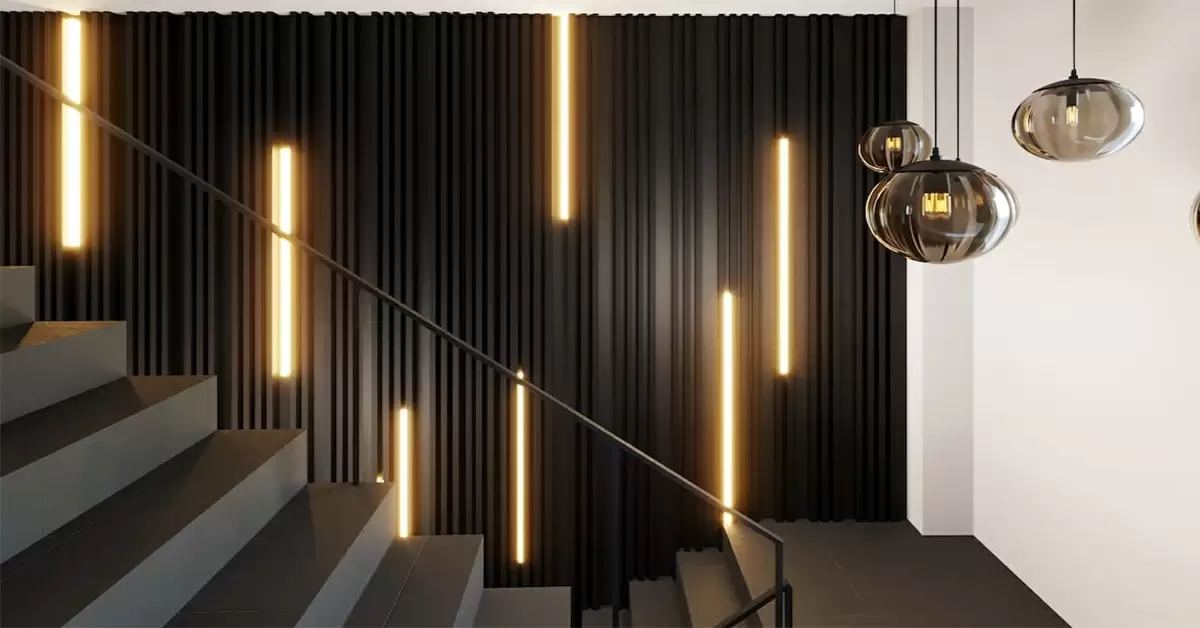
Lighting has a transformative effect in a room. Using ambient, task, and accent lighting, one can design a well-balanced and functional space. Ambient lighting through overhead fixtures or recessed lights provides general lighting, while task lighting through desk or reading lamps provides focused lighting for an activity. Accent lighting through spotlights or wall sconces draws attention to a feature or piece of art. Bring character and style to the room with statement light fixtures-innovative chandeliers or industrial pendant lights.
8. Cozy Reading Book:
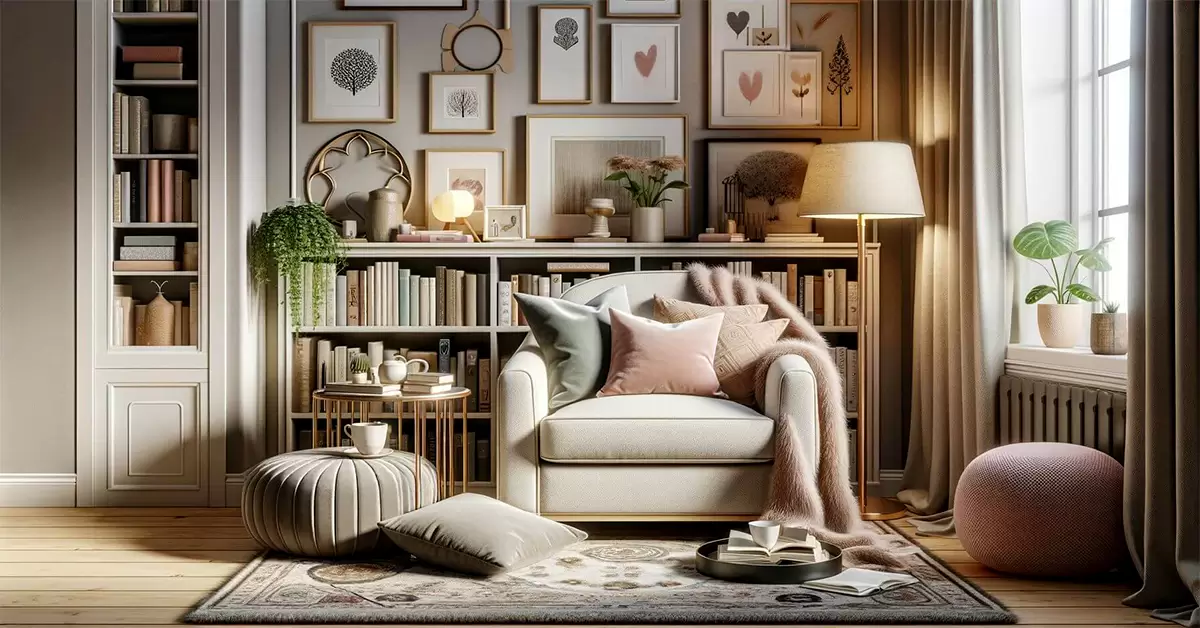
A good book and a warm, cosy reading nook usually serve as some sort of antidote to a lousy day. Add a comfortable chair or chaise lounge as the centrepiece, accompanied by a small side table for placing your drinks and snacks. Use plenty of cushions and throws to get the most comfortable and relaxed. Put your reading book in a window, or tuck it into a quiet corner, where the silken light of dawn or dusk pours in, infusing an air of peace and calm. I think such a place has to be warm and have a personality so that people can take it to some kind of retreat away from everything so that they can sit there for a while quietly.
9. Mix Patterns:
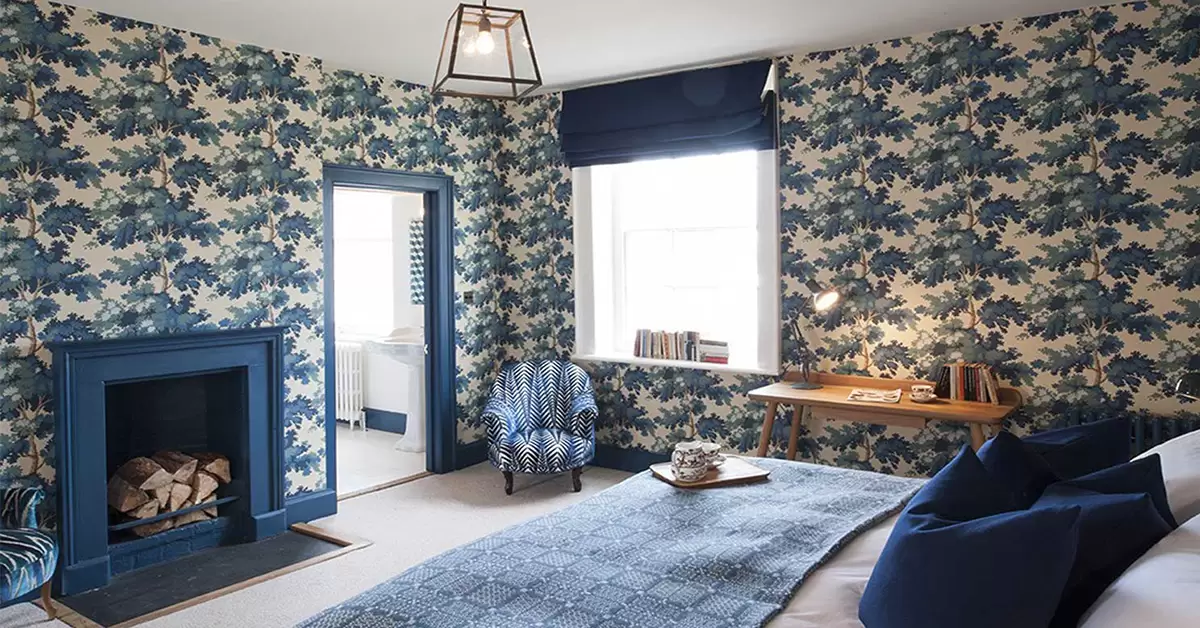
Patterns will give your interior life and movement. You can try combining various patterns in textiles, like rugs, cushions, and curtains, to create a lively space suitable for your needs. See to it that the patterns you are going to blend will harmonize with the colour and scale of your theme. For example, you can combine geometric and floral patterns or stripes with polka dots but always retain the colour palette so as not to aggravate the chaos.
10. Embrace Greenery:
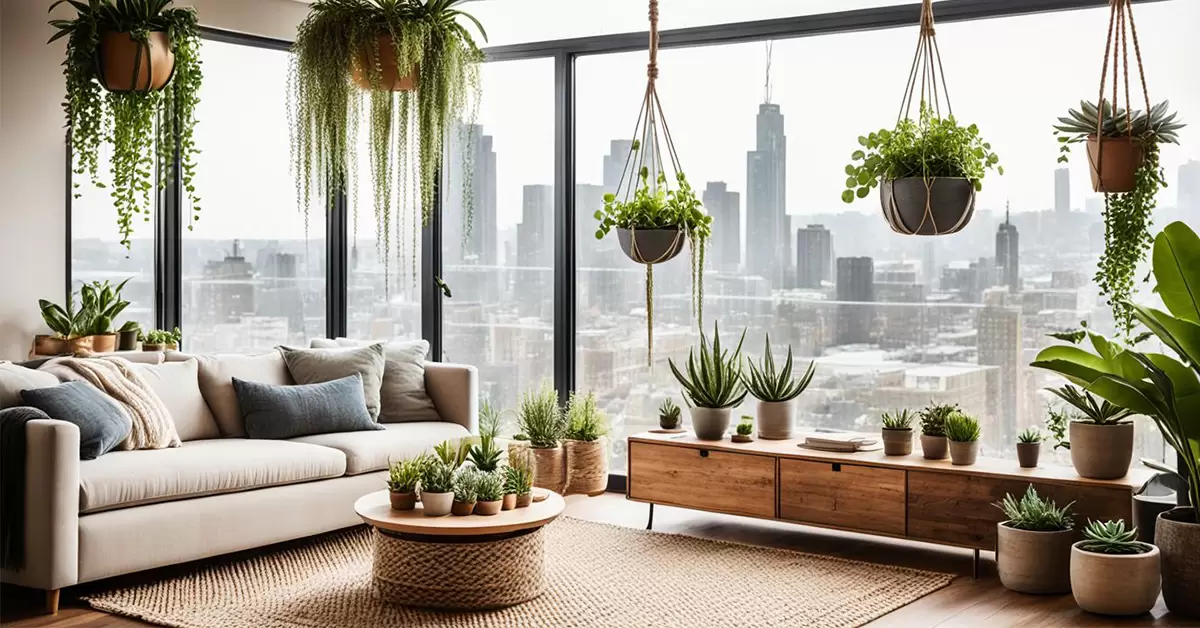
They give a very natural finish to the decor and freshen the air. Select low-maintenance and friendly plants such as succulents, ferns, or snake plants. Mix and match them in your decor using fashionable planters or hang them in decorative baskets for a less formal ambiance. Place them on shelves, windowsills, or even as a natural room divider-they make any space fresh and lively.
Importance of Home Interior Design
While aesthetics do play their role in achieving good home interior design, they go far beyond just aesthetics to give shape to a space that enhances your standard of living. Here is why you need efficient home interior design for your home:
- Pursues Comfort: Thoughtfully designed interiors of homes are comfortable to live in as they align with your needs and preferences. From ergonomic furniture to layouts, a properly designed home ensures the efficient execution of every task from every nook and corner.
- Improves Mood: The ambience of your home significantly impacts your mood and well-being. An extremely poised colour palette, appropriate lighting, and very carefully chosen decorative elements create a positive atmosphere that will positively lift your spirits and reduce your level of stress.
- Supports Daily Activities: Functional home interior design optimizes the use of space to perform your daily routines. It might provide an enormously well-organized kitchen, a warm living room to spend time with your family, or an excellent work-at-home office with an effective design that supports your daily activities.
- It Can Add Value To The Property: Quality interior design creates a monetary value on your property. These well-thought-out rooms, equipped with modern fixtures and beautiful finishes, will surely attract potential buyers on the market.
- Welcoming Environment: A good house interior design presents a welcoming atmosphere to your family and visitors. Thoughtful design selection at every stage from the layout to the décor-will help ensure that your house is comfortable and inviting for people.
- Reflects Personal Style: Home interior design can be an excellent way to speak of one’s style and preferences. With the incorporation of features that represent who you are, you develop a space that feels uniquely yours and adds a personal touch to your living environment.
- Optimizes Functionality: Proper interior design promotes optimal use of every room while keeping the layout fully organized and efficient. This includes smart storage solutions, multi-functional furniture, and well-planned traffic flow.
- Promotes Aesthetic Beauty: Stylish and consistent interior design enhances the visual appeal of your abode. Harmonious intermixing of colours, textures, and furnishings at one go creates a pleasing view of your surroundings to match up with your day-to-day living.
By concentrating on these factors, home interior design not only enhances the functionality and aesthetic appeal of your space but also significantly contributes to your quality of life. Whether it’s updating just one room or renovating your entire home, learning what factors into good design can help you create an informed decision that suits your needs and desires.
Key Factors Impacting Home Interior Design Costs
1. Scope Of Work
- Small Projects: Minor Overhaul or remodeling of a single room will cost less. A living room upgrade with new furniture, paints, and accessories might cost a much lesser amount than the whole renovation.
- Large Project: Total Renovation or re-designing the area with more rooms. It will incur greater costs due to major structural renovations that involve demolition or installing custom cabins.
2. Designer’s Fees
- Hourly Rate: Some charge by hours. The hourly rate in India ranges from ₹1,000 to ₹5,000 per hour as it has varied graphs of the experience and reputation of the designer.
- Fixed Fee: They can offer a fixed fee based on the project scope. This can come in handy where the projects are larger because it provides a structured cost.
- Percent of Total Cost: Another frequent is a percent-of-total cost. Such costs range from 10% to 20%, and this equates the designer’s fees to the overall project budget.
3. Materials And Furniture
- Costly Materials: The use of costlier materials such as imported tiles or expensive fabric will add up to the total bill. Bespoke furniture and fittings add to the expenses.
- Budget-Friendly Options: On the other hand, opting for lesser-priced materials and readymade furniture can reduce costs without compromising on style.
4. Location
- Urban vs. Rural Areas: The cost of designers is usually higher in large cities like Mumbai, Delhi, and Bangalore due to increased demand and cost of living. However, the rural or less populated areas could be more competitively priced.
- Market Rates: The costs of both the service as well as material are always impacted by the local market and their availability.
5. General Cost in India
Interior design for a house in India can be on the steeper side, from a host of factors involved. This is a general range to give you an idea of roughly how much to expect:
- Minor Projects Start At: ₹ 50,000 to ₹ 2,00,000. Expect the price that includes the cost of minor redesigns- furniture, coats of paint, and accessories.
- Middle Projects Start At: ₹ 2,00,000 to ₹ 6,00,000. This will involve more significant projects by redesigning two or three rooms with some quite significant structural changes. Materials are of better quality.
- Large Projects: Large renovation and designing would require multiple rooms and would range between ₹6,00,000 and ₹20,00,000 or more, wherein expensive materials and large-scale renovations with custom furniture creations are included.
How To Choose The Right Home Interior Designer?
Choosing an appropriate home interior designer is important for a space reflecting your style and meeting your functional requirements. Here’s a comprehensive guide that will help you make an informed decision:
1. Define Your Style And Needs
- Identify Your Aesthetic: Identify your favoured design style, for example, modern, traditional, and Scandinavian, and cull ideas from magazines, websites, and social media. This will enable you to find a designer whose style fits your vision.
- Determine Your Requirements: Define what you are looking for from the designer—whether it is a whole home renovation or changing one specific room in the house. Sometimes you may only need inspiration over colour schemes and furniture.
2. Research And Shortlist Designers
- Check Portfolios: Surf through the portfolios of potential designers to gauge their previous work and observe if their style of design matches your taste. Varied projects should be there to test for multiple versatility.
- Read Reviews And Testimonials: Online reviews and testimonials from clients show the opinion of other clients on their services. If many speak about good things, then it’s okay. But if they have many successful projects, then it simply means that they are reliable and very good at their job.
- Ask For Referrals: Take referrals from friends, relatives, or real estate professionals who have previously worked with interior designers. Personal references can gain valuable insight regarding the work ethic and capabilities of a designer.
3. Assess Experience And Knowledge
- Look for Experience: Select a designer who has experience with matters similar to yours if you have specific needs or an intricate project. Experienced designers tend to tackle problems effectively and produce high-quality work.
- Check on Qualifications: Check for the credentials of the designer including any certification and professional memberships. This can ensure they adhere to industry standards and best practices.
4. Review Communication And Compatibility
- Evaluate Communication Skills: Good communication skills are critical to successful design work. Ensure that the designer gives you time to explain any idea, gives a proper explanation about all the things going to be done, and maintains openness throughout the whole project process.
- Assess Compatibility: Select a designer to whom you are comfortable to work. A good designer should be able to hear what you want, respect your selection, and be able to critique constructively.
5. Understand Budget and Fees
- Budget: Make your budget ahead of a meeting with the designers shortlisted. Clarify the financial breadth so that there is no scope for misunderstanding and the designer can work within your budget.
- Understand Fee Structure: Discuss the fee structure of the designer, whether a fee is charged by the hour, a fixed fee, or a percentage of the cost of the project. Make sure you understand what is included in this fee and any additional costs that may pop up.
6. Project Management And Time Comparisons
- Ask About Project Management: Ask the designers about their project management process, including sourcing of materials, contractor coordination, and all issues as they arise. Good project management is essential to on-time delivery and within-budget execution.
- Discuss Timelines: Determine if the designer can meet your timeline for your project and is realistic regarding deadlines. Get clarity on how long the design process will take and possible causes of delays.
7. Visit Past Projects And References
- Tour Completed Works: If possible, visit some of the designer’s completed works so that you can see firsthand how they work. That way, you will have a better understanding of what his/her designs and craftsmanship quality are.
- Contact Personal References: Talk to their previous clients and ask what their experience is about working with the designer. Find out about the professionalism, and reliability of the designer, and if they meet expectations.
8. Legality And Contractual Clarity
- Review Contracts Thoroughly: Keep a detailed contract which illustrates the scope of work, timeline, fees, and any other term that might be of importance. A clear contract helps prevent misunderstandings and protects both parties.
- Understand Payment Terms: Discuss and agree on how payment terms shall come to be, such as deposits, milestones final payments and other relevant terms. These terms shall be documented in the contract to avoid money disputes in its wake.
Conclusion
Knowing the cost of designing home interiors in India is, therefore, to be achieved to plan effectively and budget properly. Further in consideration of the scope of work to design, fees for the designer, materials needed, and location, this will enable you to regulate your expenses well. There should be a resultant budget and expectations set in front of the designer before the project commences. The project will then align to meet all of the financial requirements it has been projected to meet. Therefore, with proper planning and professional advice, you can get a beautiful, functional home with your design aspirations. Designing a house becomes a fun trip that is reflective of your style and also meets your requirements. Explore these interior design ideas and create the style and comfort you have always imagined for your home. Remember that beautiful and well-designed homes are reflective of your personality and character and offer a haven in which you feel relaxed.
Read Also: How To Hire the Right Home Interior Designer?
FAQ’s
Q:1 How Do I Go About Designing A House?
A:1 Start by determining your style and gathering inspirations. When you have an idea, select a color scheme, some of the key elements of a house, and all the other information on the taste represented. Contact interior designers for your homes so that your ideas are converted into reality and practicality goes hand-in-hand with cohesion.
Q:2 What Are Some Of The Ideas For Interior Designing Small Homes?
A:2 For small apartments, multi-functional furniture, vertical storage, or using mirrors to give an illusion of openness may be used. Lighter colors and very strategic lighting may add also to the feeling of vastness and appealingness in rooms.
Q:3 What Are The Seven Elements Of Interior Design?
A:3 The seven elements of interior design are space, line, texture, pattern, color, light, and form. Together, they build up something balanced as well as aesthetically pleasing.
Q:4 Where Do I Get Inheritance Design Ideas?
A:4 They include design blogs, Pinterest, and home décor magazines. It will also be helpful to meet with some interior designers in homes and visit some showrooms to get some ideas that match your vision and preferences.
Q:5 What Are Some Most Common Interior Design Styles?
A:5 The most popular interior design styles today are Traditional, Contemporary, Industrial Chic, Mid-century Modern, Bohemian, and Vintage. Each style comes with its distinct charm and can be updated to suit your taste and preference.

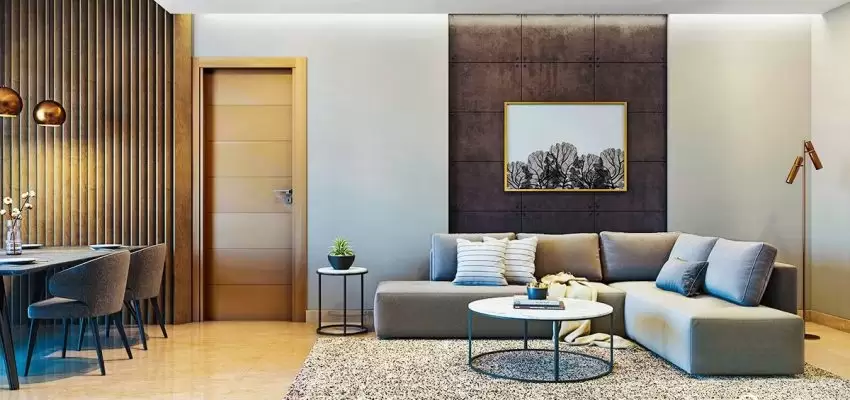
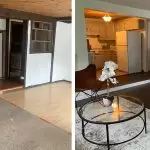
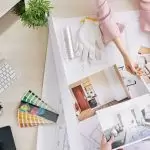
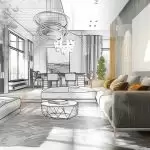
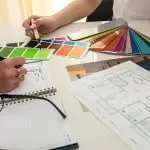

















Post A Comment